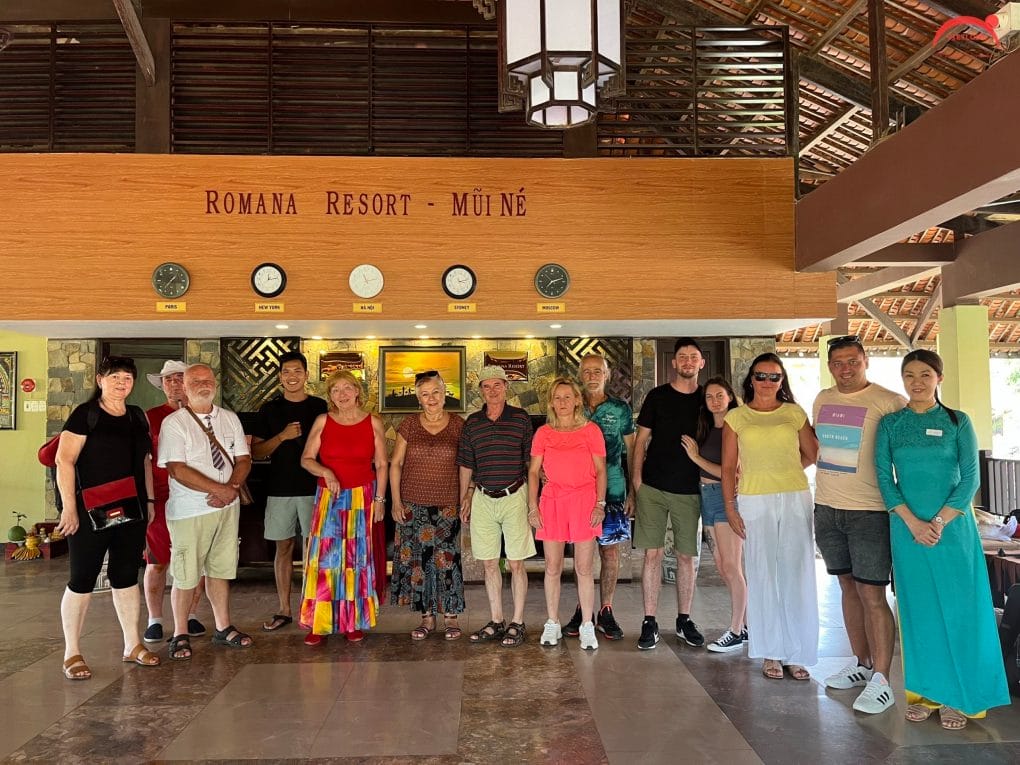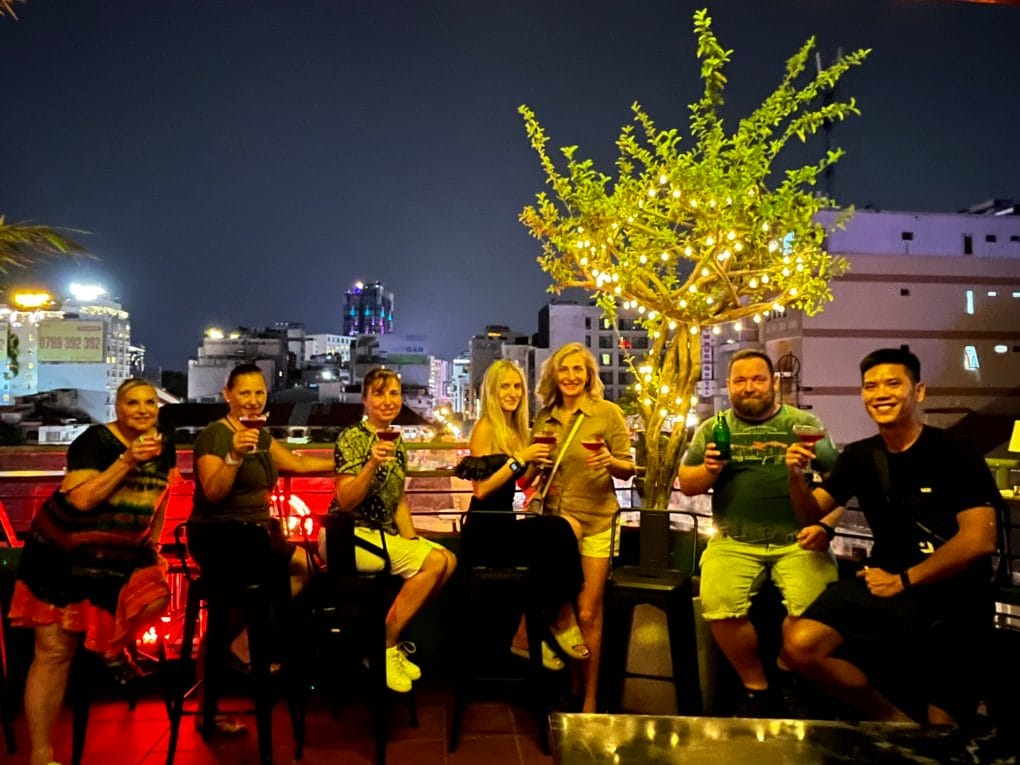Preah Khan Temple
The temple of Preah Khan is located northeast of Angkor Thom and just west of the Jayatataka baray, with which it was associated. Built in 1191 according to the tradition on a spot where the king fought, and won, a crucial battle against the Chams. the 800x700m site is surrounded by a moat. The main shrine was renovated and is richly decorated with lintels, panels and bas-reliefs depicting Buddhist and Hindu epics. Preah Khan was a royal city on its own, spreading over 56 hectares. It is believed there was even a hospital inside. It hasn’t been found yet, but a travellers’resting-place still exists. The Southwest corner of the temple hold a unique two-storet building with hypostyles, or columns. Georges Coedes believed it was a place dedicated to human sacrifices. There are no steps to reach the first floor, no decorations on the ground floor and the building is surrounded by water. In 1994, the World Monument fund initiated restoration work to last for ten years. The temple sheltered 515 statues. Two of them are now in the Musee Guimet, Paris.
Prasat Kravan Temple
The Prasat Kravan Temple is located south of the Srah Srang baray. The remains, reconstructed in the 19th century by the French, consist of five brick towers on a raised platform; while the exterior is unremarkable, some of the interiors feature unusual brick bas-reliefs. The central tower features bas reliefs of Vishnu in his form as Vamana as well as the god astride his mount, Garuda, both flanking a monumental eight-armed depiction. The westernmost tower features a bas relief of Lakshmi, Vishnu’s consort. The goddess holds both the trident of Shiva and the discus of Vishnu, possibly marking her as the great goddess who transends the duality of Saiva and Vaishnava worship. A more traditional depiction of Lakshmi holding lotuses is on the opposite wall.
Neak Pean Temple
The original layout of Neak Pean Temple was supposed to be a symbol of the Universe. The Central Prasat represents Mount Meru surrounded by the four Oceans. The central basin must have had four islands, of which only one, represented by the horse Balaha, still exists. The four surrounding chapels represent Phnom Yukanthor and the four basins the Infinate Oceans. According to a second interpretation, the central basin was a duplicate of Lake Anavatapa, a sacred mythical place in the Himalayas. Some of the plants growing in large quantities around the basin are at ground level.
Krol Ko Temple
This is a Buddhist temple built at the end of the 12th century under the rule of Jayavarman VII. This structure is located north of Neak Pean Temple.
Ta Som Temple
The King Jayavarman built this Buddhist temple in the 12th century. Three walls flanked by four-faced towers protect it. It is completely lost in the jungle, giving the visit an atmosphere of wilderness. The Khmer Rouge once used the temple as a hospital.
East Mebon Temple
Located in the centre of the East Baray, the temple was dedicated in 953, approximately 50 years after construction of the baray. The baray has since dried up, giving the temple an impression of greater height which has led some to confuse it with the temple mountains which were the kingdom’s state temples. The temple consists of three tiers and is in the Pre Rup style.
Pre Rup Temple
The temple was built by King Rajendravarman II (944-968) and used for cremations. It is a three-level mountain temple with 17 brick-towers on rows of sandstone and laterite. All bricks are held together with vegetable glue. It is best visited at the end of the day but if you do not have the time, it will not be a big loss.






